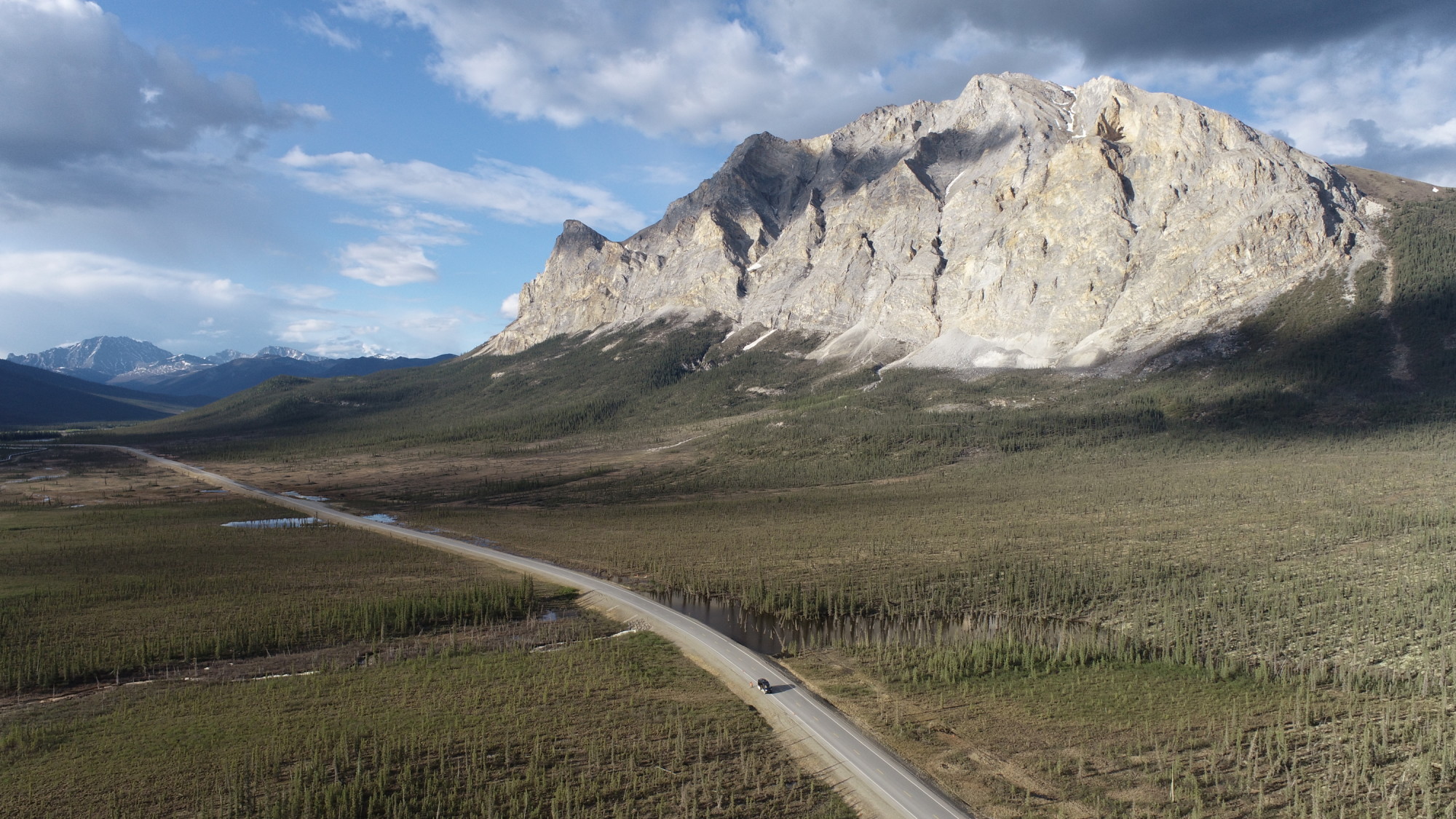Canada
Monthly webinars are offered as a benefit of membership. Once each quarter, in March, July, September, and December, the monthly SWS webinar is open for non-members to attend (and at no cost), as well.

Oilfield development in Alaska’s Arctic vast coastal plain has been underway for nearly 50 years and includes construction of industrial roads, airstrips, pads, and pipelines. Supporting infrastructure such as fiber optic communications were more recently installed. The wetlands of Arctic Alaska are underlain by permafrost, perching water at the surface in a polar desert. The high soil ice content presents challenging conditions for infrastructure development, especially while facing dramatic and sudden effects of climate change. Fiber optic cables were installed in 2016 and 2017 in trenches along a 240-mile-long stretch of the Dalton Highway to serve the needs of the oil fields and communities near the Arctic coast. The region is characterized by continuous permafrost and ecosystems with widely varying ground ice volume from boreal forest to the coastal plain. Shortly after installation, mechanical and thermal erosion was observed to have caused ground subsidence within and adjacent to the trenches.
The subsided trenches commonly capture surface water, creating a heat sink and exacerbating the disturbance of the thermal regime. The lost massive ice, which formed over hundreds or thousands of years, cannot be recreated. Instead, the goals of rehabilitation focus on stabilizing the thermal regime, managing water flow, and creating conditions to promote natural colonization by indigenous plant species. Rehabilitation techniques include backfilling subsided areas with gravel and soil, placing transplanted tundra sod over the backfill, placing water bars in strategic locations, live-staking willows, and placing transplanted tundra sod by hand in highly sensitive areas. The challenges presented in rehabilitating arctic tundra create a unique opportunity to develop new rehabilitation techniques and to guide future work.
Speaker: Lorene Lynn, CPSS, CERP
Applied scientist Lorene Lynn provides ecological restoration services in Alaska as the owner of a consulting firm. Her work builds upon graduate research with Dr. Chien-Lu Ping studying permafrost soils along the eroding Beaufort Sea coast and extensive experience with rehabilitation in the North Slope oilfields. She provides expertise in planning, stakeholder engagement, construction, restoration implementation, long-term monitoring, and adaptive management to clients that include government agencies, nongovernmental organizations, and the private sector. Lorene formerly chaired the North Slope Science Initiative’s (NSSI) Science Technical Advisory Panel (STAP). She lives in Palmer, Alaska, where she enjoys skiing, hiking, and other outdoor activities.

